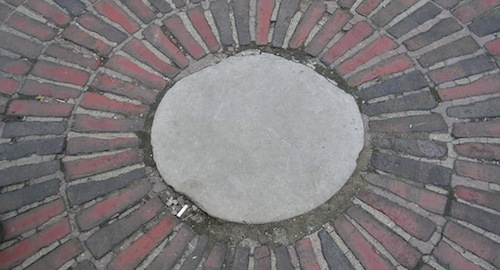My city houses the only museum of Russian art in North America that displays individually curated exhibits of works brought in from outside the US, often directly from Moscow. It’s a lovely place. I’ve blogged before about an earlier icon exhibit (here).
Over the years, its exhibits have taught me much about Russian culture, Soviet politics, and art. One of the domains of daily life in which all three of these topics intersect is work; thus, work is the bottom-line theme of many of the pieces that have rotated in and out of the museum over the years. That this is such a verdant theme for Russian art should come as no surprise considering how labor was manipulated so forcefully during the Soviet period, specifically, and is such an important part of life, generally.
The work-related art produced and shown during the Soviet period, particularly under Stalin, didn’t arise naturally from the aesthetic impulses of individual artists but was often directed by the State. It’s not as if artists during the time of Stalin could retreat to their studios and paint whatever they fancied about what was happening in the fields, mines, fishing boats, and factories and then show it in the local gallery. There were rules and the final outcome of those rules was art that demonstrated people were happy and determined to work hard with the goal always being corporate progress. The message was to be delivered in concrete terms, without nuanced abstraction that might introduce any deviation of the message or hint at something deeper going on.
The current exhibit, From "Thaw to Meltdown: Soviet Paintings of the 1950s–1980s", shows the evolution of art about socialist work, from the time of just before Stalin’s death through Khrushchev and Brezhnev, eras which allowed for increased personal freedom even in matters of work and art. The pieces show movement from the idea of people as machines to people as human beings.
One picture in particular struck me, “Finished Plowing” by Konstantin M. Maksimov, 1955. A man is in his field but not plowing earnestly towards the end of a row with the weight of the Soviet socialist mandate on his shoulders. No, instead he is on a break. Smiling. Arms resting on his tool. The artist’s focus is on the man’s face, not on the field or the tractor behind him. The farmer’s face is tan, creased, and wet with sweat. This kind of art allows for leisure and restoration not only because it captured a "break" but because a system began to allow for the fact that people aren’t machines.
You can see a thumbnail of this painting and read more about the exhibit by downloading the viewer's guide from this exhibit’s page on The Museum of Russian Art's website. Here's a review of the exhibit from the StarTribune.
~~~

